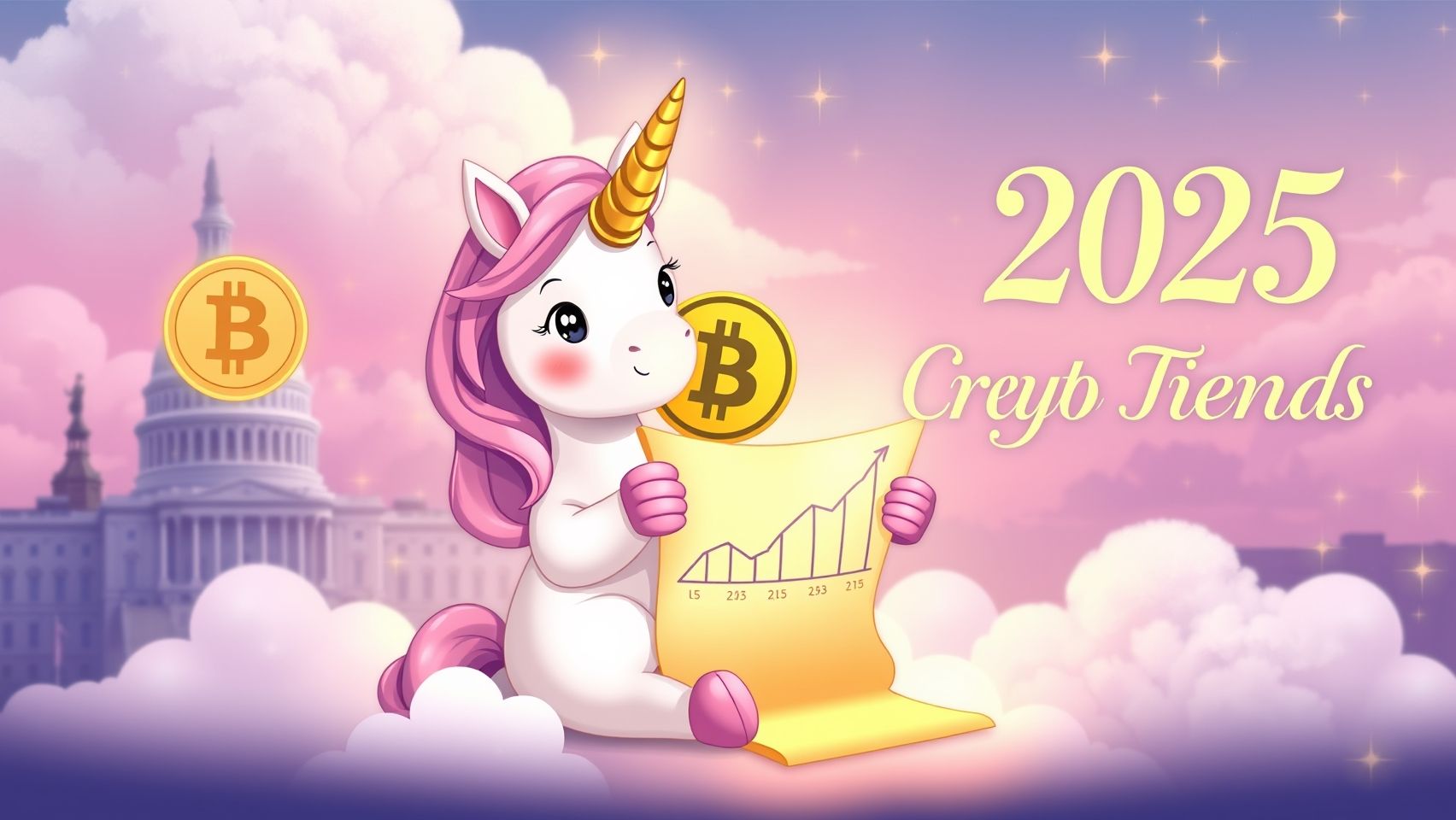Introduction to DeFi Revolution
Decentralized Finance (DeFi) represents a paradigmatic shift in the traditional financial landscape, offering unprecedented opportunities for financial inclusion and innovation. The DeFi ecosystem has experienced exponential growth, with Total Value Locked (TVL) reaching over 45 billion USD across various protocols in 2024. This comprehensive analysis examines the fundamental mechanisms of DeFi, with particular emphasis on Liquidity Provider (LP) tokens and their critical role in modern decentralized finance.
The emergence of DeFi has democratized access to financial services, eliminating traditional intermediaries and enabling peer-to-peer financial transactions. This transformation has created new paradigms for lending, borrowing, trading, and yield generation, fundamentally altering how individuals and institutions interact with financial markets.
Understanding DeFi Fundamentals
DeFi operates on blockchain technology, primarily Ethereum and other compatible networks, utilizing smart contracts to automate financial processes without human intervention. The ecosystem encompasses various protocols including Automated Market Makers (AMMs), lending platforms, yield farming protocols, and synthetic asset platforms. Each component serves a specific function within the broader DeFi infrastructure.
Core DeFi Components
Automated Market Makers revolutionize traditional trading by replacing order books with liquidity pools. These systems utilize mathematical formulas, such as the constant product formula (x * y = k), to determine asset prices and facilitate trades. Popular AMM protocols like Uniswap, SushiSwap, and PancakeSwap have processed billions of dollars in trading volume, demonstrating the viability of decentralized trading mechanisms.
Smart contract technology ensures trustless execution of financial agreements, eliminating counterparty risk and reducing operational costs. These contracts automatically execute predefined conditions, providing transparency and immutability to financial transactions. The programmable nature of smart contracts enables complex financial instruments and strategies previously unavailable in traditional finance.
Liquidity Provider (LP) Tokens: In-Depth Analysis
Liquidity Provider tokens represent proportional ownership in liquidity pools, serving as receipt tokens for users who deposit assets into decentralized exchanges. When users provide liquidity to a trading pair, they receive LP tokens that represent their share of the pool and enable them to withdraw their funds plus accumulated fees at any time.
LP Token Mechanisms and Functionality
Proportional Representation ensures that LP tokens accurately reflect a users contribution to the liquidity pool. As trading occurs within the pool, fees are distributed proportionally among all LP token holders, creating passive income opportunities for liquidity providers. This mechanism incentivizes users to maintain liquidity in the system, ensuring efficient market operations.
The value of LP tokens fluctuates based on several factors including trading volume, fee accumulation, and changes in the underlying asset values. Advanced protocols implement dynamic fee structures that adjust based on market volatility and trading activity, optimizing returns for liquidity providers while maintaining competitive trading costs.
Impermanent Loss Considerations
Impermanent loss represents a critical risk factor for liquidity providers, occurring when the price ratio of pooled assets changes compared to when they were deposited. This phenomenon can result in LP token holders receiving less value than if they had simply held the underlying assets. Understanding and mitigating impermanent loss is essential for successful DeFi participation.
Recent innovations include impermanent loss protection mechanisms and single-sided liquidity provision options that help mitigate these risks. Some protocols now offer insurance products specifically designed to protect against impermanent loss, making DeFi participation more accessible to risk-averse investors.
2025 DeFi Trends and Market Evolution
The DeFi landscape continues evolving rapidly, with 2025 expected to bring significant technological and regulatory developments. Cross-chain interoperability has become a primary focus, with protocols developing solutions to bridge assets and liquidity across multiple blockchain networks. This development addresses one of DeFis major limitations: fragmented liquidity across different chains.
Emerging Technologies and Innovations
Layer 2 Scaling Solutions are revolutionizing DeFi accessibility by dramatically reducing transaction costs and improving speed. Protocols like Arbitrum, Optimism, and Polygon have successfully onboarded millions of users by offering Ethereum-compatible environments with significantly lower fees. These solutions maintain security while enhancing user experience.
Artificial Intelligence integration within DeFi protocols is becoming increasingly sophisticated, with AI-powered yield optimization strategies and automated portfolio management tools gaining traction. These systems analyze market conditions in real-time and adjust strategies to maximize returns while minimizing risks.
Institutional Adoption and Regulatory Framework
2025 marks a pivotal year for institutional DeFi adoption, with traditional financial institutions increasingly exploring decentralized protocols for treasury management and yield generation. Regulatory clarity in major jurisdictions is facilitating this adoption, with frameworks being developed to accommodate DeFi innovation while ensuring consumer protection.
Central Bank Digital Currencies (CBDCs) integration with DeFi protocols represents another significant trend, potentially bridging traditional and decentralized finance. Several countries are piloting CBDC-DeFi integration projects that could reshape the global financial system.
XpSwap Platform Integration and DeFi Innovation
XpSwap exemplifies next-generation DeFi platforms by implementing advanced features that address traditional DeFi limitations. The platforms enterprise-grade architecture supports high-frequency trading while maintaining decentralization principles. With a Total Value Locked of 12.4 million USD and daily trading volumes exceeding 2.5 million USD, XpSwap demonstrates the viability of sophisticated DeFi infrastructure.
Advanced LP Token Features
Boosted Liquidity Mining on XpSwap provides enhanced rewards for long-term liquidity providers, with multipliers reaching up to 2.5x for users who stake governance tokens. This mechanism creates strong incentives for sustained liquidity provision while distributing governance power to committed community members.
The platforms innovative fee structure offers up to 75% trading fee discounts for XPS token holders, creating significant value propositions for active traders. This model demonstrates how utility tokens can provide tangible benefits while supporting protocol sustainability.
Cross-Chain Bridge Technology
XpSwaps multi-network support encompasses Ethereum, BSC, Polygon, Arbitrum, Optimism, and the native Xphere blockchain. This comprehensive approach addresses liquidity fragmentation by enabling seamless asset transfers across networks. Users can optimize their strategies by accessing liquidity and opportunities across multiple chains from a single interface.
Risk Management in DeFi Participation
Successful DeFi participation requires comprehensive risk assessment and management strategies. Smart contract risks, while decreasing with improved auditing practices, remain a primary concern. Users should prioritize protocols with multiple security audits from reputable firms and strong track records of safe operation.
Portfolio Diversification Strategies
Multi-Protocol Exposure helps mitigate protocol-specific risks while capturing opportunities across the DeFi ecosystem. Diversifying across different types of protocols, such as AMMs, lending platforms, and yield aggregators, reduces concentration risk and provides exposure to various DeFi sectors.
Temporal diversification through systematic LP token accumulation can help average out market volatility and reduce timing risks. Many successful DeFi participants employ dollar-cost averaging strategies when providing liquidity, gradually building positions over time.
Future Outlook and Strategic Considerations
The DeFi ecosystem is positioning itself for mainstream adoption through improved user experiences, regulatory compliance, and institutional-grade infrastructure. Predictions for 2025 include widespread adoption of DeFi protocols by traditional financial institutions, integration with central bank digital currencies, and the emergence of new financial products impossible in traditional finance.
Innovation Pipeline
Emerging concepts such as perpetual options, algorithmic stablecoins with improved stability mechanisms, and AI-powered trading strategies represent the next frontier of DeFi innovation. These developments promise to expand DeFis utility beyond current limitations while maintaining the core principles of decentralization and open access.
The integration of real-world assets (RWAs) into DeFi protocols is accelerating, with tokenized real estate, commodities, and traditional securities becoming available on decentralized platforms. This trend bridges traditional and decentralized finance, potentially unlocking trillions of dollars in previously illiquid assets.
Conclusion
DeFi and LP tokens represent transformative technologies that are reshaping the global financial landscape. The sophisticated mechanisms underlying these systems provide unprecedented opportunities for financial innovation while democratizing access to complex financial instruments. As the ecosystem matures, protocols like XpSwap are setting new standards for security, efficiency, and user experience.
The strategic importance of understanding LP token mechanics cannot be overstated for anyone participating in the DeFi ecosystem. These instruments serve as the foundation for decentralized trading and yield generation, enabling the creation of entirely new financial products and services. Continued education and careful risk management remain essential for successful DeFi participation.
Looking toward 2025 and beyond, the convergence of traditional and decentralized finance appears inevitable. Early adopters and protocols that successfully navigate this transition while maintaining their core values of decentralization and open access are positioned to capture significant value as the ecosystem continues expanding.
Community Links
Stay connected with the XPS ecosystem for the latest DeFi research and innovations:
• Blog: https://xpsproject.blogspot.com/
• Telegram: https://t.me/xpscommunity
• X (Twitter): https://x.com/xpsproject
• News Portal: https://eng.storydot.kr/
For comprehensive technical documentation and advanced DeFi strategies: https://xpswapmvp.replit.app/documentation



